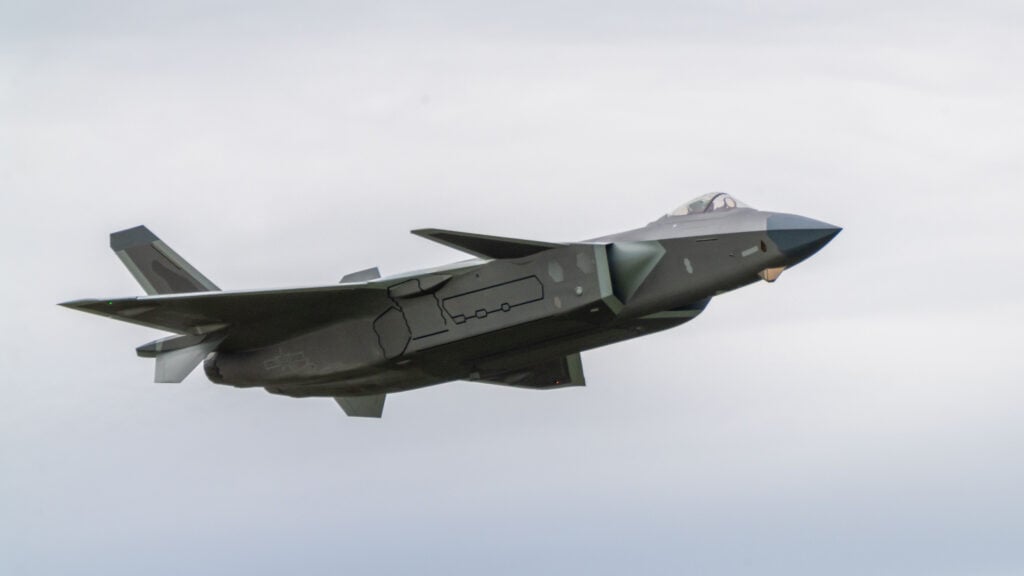AFA 2022 — The head of US Air Forces in the Pacific isn’t downplaying the challenge from
China. But when it comes to a potential invasion of
Taiwan, he thinks Beijing and its top military planners should be “worried” about their ability to take over the island nation.
Gen.
Kenneth Wilsbach, the PACAF commander, also told reporters during a media engagement Monday that China’s J-20, its most advanced fighter in production, isn’t “anything to lose a lot of sleep over,” indicating his belief that American fifth-gen fighters would be more than a match for the Chinese-made jets.
Asked for his assessment on whether China would be able to invade Taiwan by 2027, a date pegged by a number of officials over the years and recently as
this month, Wilsbach acknowledged that is a target for Beijing. But the outcome of Russia’s invasion of Ukraine should, he said, cause PRC leadership to “wonder” if that timeline is still realistic.
“If I was them, I’d be really worried, because you saw what happened with Russia trying to achieve their military objectives in Ukraine, and [Russia] should have had a relatively easy problem to solve. They had to drive across the border, they had to take over the country that they should have been superior to militarily, and yet they had a lot of failures, and they certainly haven’t achieved their objectives,” he said.
“China has a much more difficult military problem from the standpoint of, they have to accomplish one of the most difficult military events that you would have to do, which is an amphibious landing across 100 miles of open ocean and an air assault against a very well defended place like Taiwan — and a place that intends to defend themselves, clearly,” Wilsbach continued. “If I was them, I’d be worried. If I was a [Chinese] military commander, I’d be worried about 2027.”
Wilsbach also noted that there were lessons learned from China’s activities following US Speaker of the House Nancy Pelosi’s
recent visit to Taiwan. And while he wasn’t willing to go into details in an open setting, he noted “they showed us some cards. They showed some cards, maybe they didn’t intend to, but we picked up on it. And so we’re incorporating that into our future plans.”
As for China’s specific military capabilities, the PACAF chief seemed unimpressed by one of Beijing’s most high-profile platforms, it’s fifth-generation J-20 stealth fighter jet, which began operating roughly a decade ago. Asked to describe his assessment of the jet, Wilsbach verbally shrugged, saying “It’s their most modern aircraft. We’ve had a limited opportunity to assess it. Seems okay. It seems okay. It’s not anything to lose a lot of sleep over, but they seem to be a building a lot of them.”
He added that “It’s nothing that I would worry too much about. Our forces are really well trained and we’re very well equipped.”
“China has a much more difficult military problem from the standpoint of, they have to accomplish one of the most difficult military events that you would have to do," said Gen. Kenneth Wilsbach. “If I was them, I'd be worried. If I was a [Chinese] military commander, I'd be worried about 2027.”

breakingdefense.com







